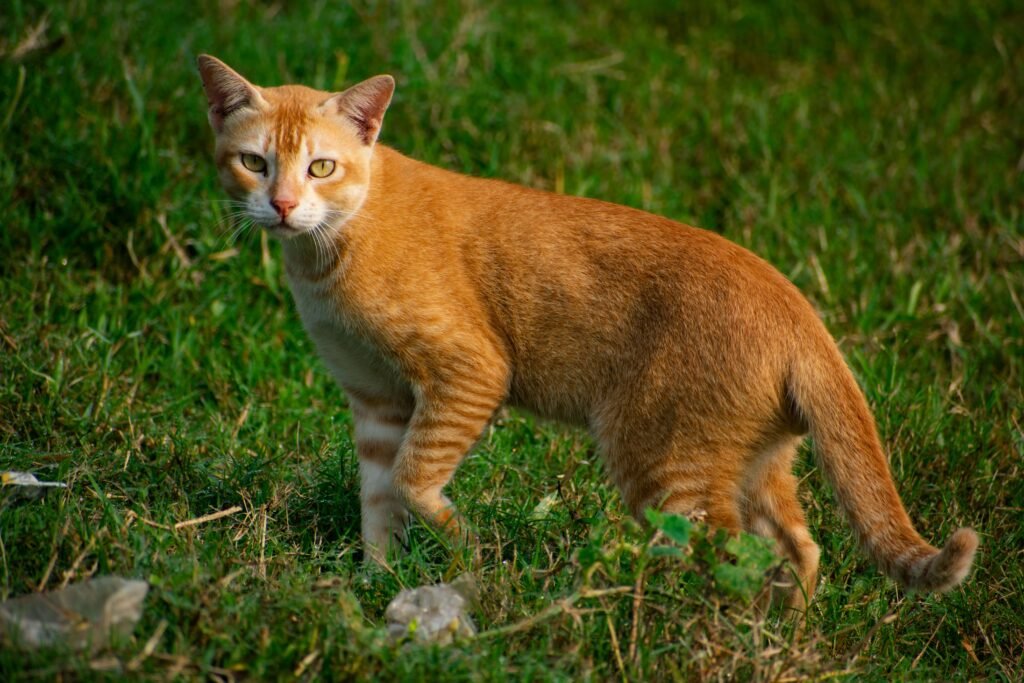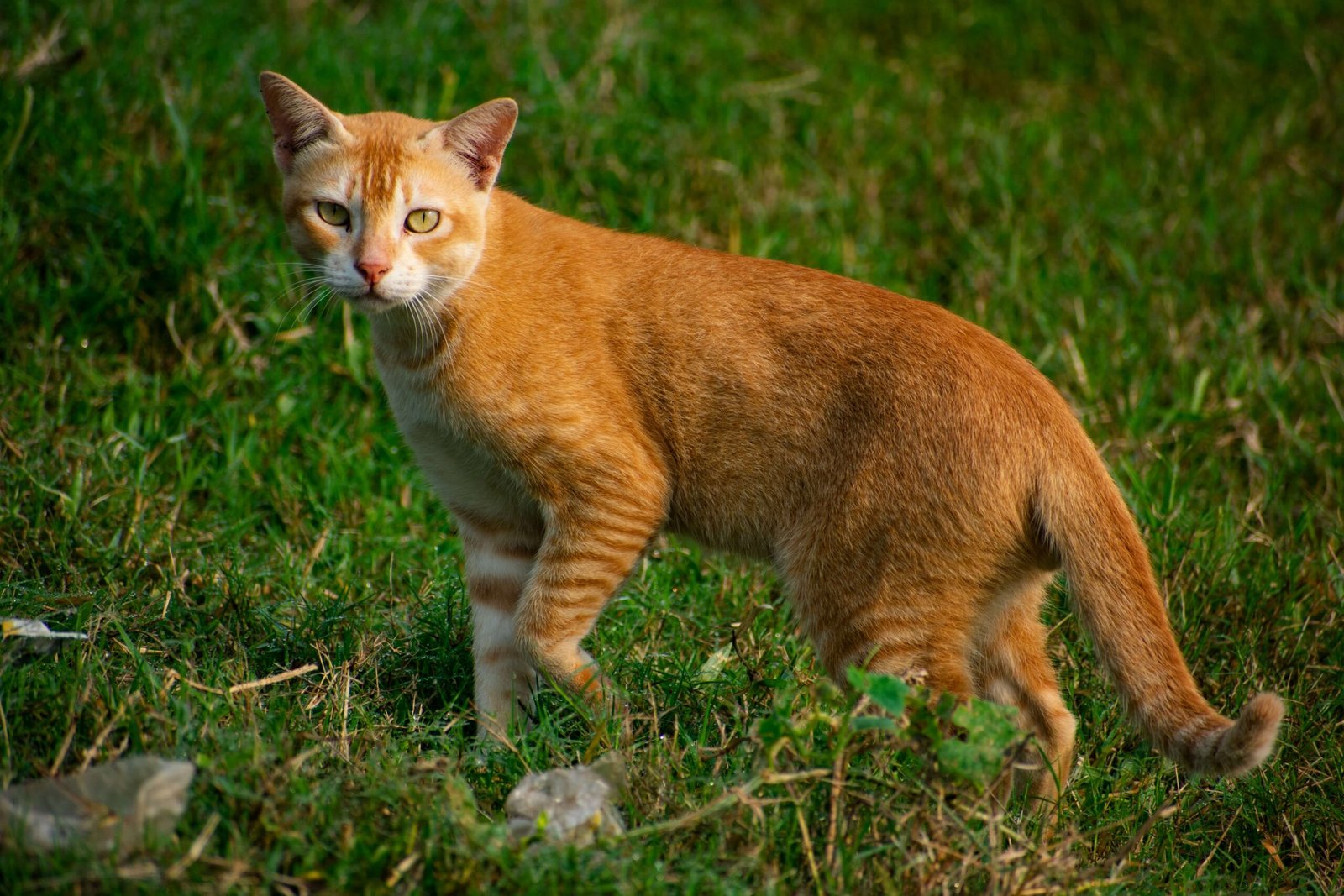Exploring the World of Cat Litter: Finding the Perfect Fit for Your Feline Friend
When it comes to caring for our beloved cats, one of the most important yet often overlooked aspects is choosing the right type of cat litter. It might seem like a mundane decision, but the litter you select can significantly impact your cat’s comfort, your home’s cleanliness, and even your budget. With so many options available on the market today, from traditional clay-based litters to eco-friendly alternatives, navigating the world of cat litter can feel overwhelming. In this blog post, we’ll dive into the different types of cat litter, their unique features, and how to find the best match for your furry companion.
Understanding the Most Common Types of Cat Litter
Before making a decision, it’s essential to familiarize yourself with the main categories of cat litter. Each type has its own set of advantages and disadvantages, catering to different needs and preferences. Here’s a quick overview of the most common types:
Clay Litter
This is the most widely used type of cat litter and is known for its affordability and effectiveness in clumping.Silica Gel Crystals
These crystals are highly absorbent and control odors exceptionally well, making them a popular choice for households with multiple cats.Biodegradable Litter
Made from natural materials like corn, wheat, or recycled paper, this option is environmentally friendly and safe for composting.Non-Clumping Litter
A budget-friendly alternative, non-clumping litter is lightweight and easy to dispose of but may require more frequent changes.Flushable Litter
Designed to be flushed down the toilet, this type offers convenience but should be used cautiously depending on local plumbing regulations.
Choosing the right type depends on your priorities, whether that’s odor control, environmental impact, or ease of use. Understanding these options will help you make an informed decision.
Key Factors to Consider When Choosing Cat Litter
Selecting the perfect cat litter isn’t just about what’s trendy or affordable—it’s about finding a product that meets both your needs and your cat’s preferences. Here are some factors to keep in mind as you evaluate your options:
Odor Control
Cats are sensitive to smells, and so are humans. Look for litter that effectively neutralizes odors without relying on strong artificial fragrances.Dust Levels
Low-dust litters are ideal for maintaining air quality, especially if you or your cat have respiratory sensitivities.Tracking
Some litters tend to stick to your cat’s paws, leading to messes around the house. Opt for fine-grained or pellet-based litters to minimize tracking.Cost
While premium litters may offer advanced features, they can also be expensive. Balance your budget with your expectations for performance.Cat Preferences
Ultimately, your cat’s comfort matters most. Some cats are picky about texture or scent, so observe their behavior when introducing a new litter.
By considering these factors, you can narrow down your choices and find a litter that works harmoniously for both you and your feline friend.
Check this guide 👉Top 4 Best Cat Litter Mats for a Spotless Home!
Check this guide 👉Top 4 Best Wooden Cat Litter Enclosures for a Stylish Home!
Check this guide 👉5 Best Cat Litter Boxes for Ultimate Cleanliness!

Feature | Best Type of Cat Litter |
|---|---|
Odor Control | Silica Gel Crystals |
Eco-Friendliness | Biodegradable Litter |
Budget-Friendly | Non-Clumping Litter |
Low Dust | Clay-Based Litter (Low-Dust Formulas) |
Flushability | Flushable Litter |
The Pros and Cons of Popular Cat Litter Materials
Each material used in cat litter has its own strengths and weaknesses. Understanding these differences will help you weigh the trade-offs before making a purchase. Here’s a breakdown of the pros and cons:
Clay Litter
Pros: Affordable, effective at clumping, widely available.
Cons: Heavy to carry, not eco-friendly, produces dust.Silica Gel Crystals
Pros: Excellent odor control, long-lasting, minimal waste.
Cons: Can be uncomfortable for some cats, higher upfront cost.Corn-Based Litter
Pros: Biodegradable, flushable, low dust.
Cons: May attract pests if not disposed of properly, less effective for heavy urinators.Wheat-Based Litter
Pros: Natural, biodegradable, good clumping ability.
Cons: Slightly more expensive, limited availability.Recycled Paper Litter
Pros: Lightweight, eco-friendly, soft on paws.
Cons: Poor odor control, requires frequent changes.
With these insights, you can decide which material aligns best with your lifestyle and values.
Tips for Transitioning to a New Cat Litter
Switching your cat’s litter can sometimes lead to resistance or confusion. To ensure a smooth transition, follow these practical tips:
Mix Old and New Litter Gradually
Start by blending small amounts of the new litter with the old to allow your cat time to adjust.Maintain Cleanliness
Ensure the litter box remains clean during the transition to avoid deterring your cat from using it.Monitor Behavior
Watch for signs of stress or refusal to use the litter box, and address any issues promptly.Place Boxes Strategically
If introducing a completely new type of litter, consider adding an additional litter box temporarily to give your cat options.Stay Patient
Cats value routine, so don’t rush the process—allow several weeks for full adaptation.
Taking these steps will help your cat feel secure and comfortable during the switch.
Health Considerations When Choosing Cat Litter
When selecting cat litter, it’s crucial to consider the health implications for both your cat and your household. Some litters can pose risks if not chosen carefully, especially for cats with specific sensitivities or health conditions. Here are some health-related factors to keep in mind:
Respiratory Sensitivities
Dusty litters can aggravate respiratory issues in both cats and humans, so opt for low-dust or dust-free options if allergies are a concern.Toxic Ingredients
Avoid litters containing artificial fragrances or chemicals that could irritate your cat’s skin or respiratory system.Clumping Safety
For kittens or curious cats prone to ingesting litter, non-clumping formulas may be safer to prevent potential blockages.Scented vs. Unscented
Strongly scented litters might mask odors but can overwhelm sensitive cats, leading them to avoid the litter box.Natural Materials
Litters made from natural ingredients like corn or wheat are often gentler on cats with allergies or sensitive paws.
Prioritizing your cat’s health when choosing litter ensures their comfort and well-being while minimizing risks to your household.
Environmental Impact of Cat Litter Choices
As eco-consciousness grows, many pet owners are seeking sustainable alternatives for everyday products, including cat litter. The environmental footprint of your litter choice can vary significantly depending on its materials and disposal methods. Here’s how different types of litter impact the planet:
Traditional Clay Litter
Clay litter is not biodegradable and contributes to landfill waste due to strip-mining during production.Biodegradable Options
Made from renewable resources like plant-based materials, these litters break down naturally and reduce environmental harm.Silica Gel Crystals
While long-lasting, silica gel crystals are not biodegradable and require careful disposal to avoid environmental contamination.Flushable Litters
Though convenient, flushable litters can harm aquatic ecosystems if not disposed of according to local regulations.Recycled Paper Litters
These repurpose waste materials, reducing landfill contributions and promoting a circular economy.
Choosing an eco-friendly litter allows you to care for your cat while also caring for the planet.
Cost-Effectiveness of Different Cat Litter Types
Budget considerations play a significant role in choosing the right cat litter, especially for multi-cat households or those managing expenses. While upfront costs are important, evaluating long-term value can save money over time. Here’s a breakdown of cost-effectiveness across various litter types:
Clay Litter
Affordable and widely available, clay litter offers great value for its price, though frequent changes may increase costs.Silica Gel Crystals
Although more expensive initially, silica gel lasts longer, reducing the frequency of purchases and overall expense.Biodegradable Litters
These tend to have higher upfront costs but offer savings through composting or reduced waste management fees.Non-Clumping Litters
A budget-friendly option, non-clumping litter requires more frequent replacement, which can add up over time.Flushable Litters
While convenient, flushable litters often come at a premium price, making them less economical for some households.
By balancing upfront costs with long-term savings, you can find a litter solution that fits your budget without compromising quality.
Frequently Asked Questions About Cat Litter
What is the best cat litter for odor control?
Silica gel crystals are highly effective at controlling odors due to their superior absorption properties.
Is biodegradable cat litter safe for composting?
Yes, many biodegradable litters are compostable, but avoid composting waste-containing litter.
Can I flush all types of cat litter?
No, only specific flushable litters are designed for this purpose. Always check the packaging and local regulations.
Why does my cat refuse to use the litter box after switching litters?
Cats can be sensitive to changes in texture or scent. Gradual transitions and maintaining cleanliness can help resolve this issue.
How often should I change my cat’s litter?
For optimal hygiene, scoop daily and fully replace the litter every 1-2 weeks, depending on the type and number of cats.
Finding Harmony with the Right Cat Litter
Choosing the right cat litter is more than just a practical decision—it’s a step toward creating a harmonious environment for both you and your feline companion. By understanding the various types of litter, considering key factors like odor control and eco-friendliness, and respecting your cat’s preferences, you can make a choice that benefits everyone involved. Remember, there’s no one-size-fits-all solution, so take the time to experiment and find what works best for your household. With a little patience and research, you’ll discover the perfect litter that keeps your home fresh, your cat happy, and your life hassle-free.
Can a Cat Die from a Cold? Best 7 Expert Tips! Learn how to identify, treat, and prevent feline colds while understanding when to seek veterinary care for your cat’s health.
Cat Screaming for Food: Best 7 Expert Tips! Discover effective strategies to manage your cat's food-related vocalizations and create a peaceful feeding routine.
Aspiration Pneumonia in Cats: Best 7 Expert Tips! Discover causes, symptoms, and treatment advice to protect your cat’s respiratory health and ensure a speedy recovery.
Hip Dysplasia in Cats: Best 7 Expert Tips! Discover expert advice on managing hip dysplasia in cats, from symptoms and prevention to treatment options for a happier, healthier feline life.





